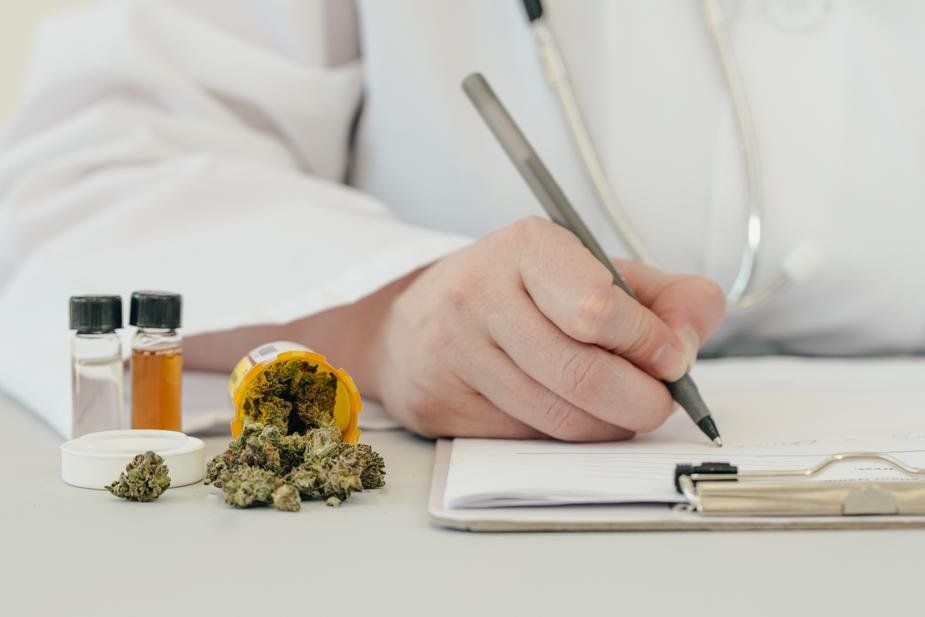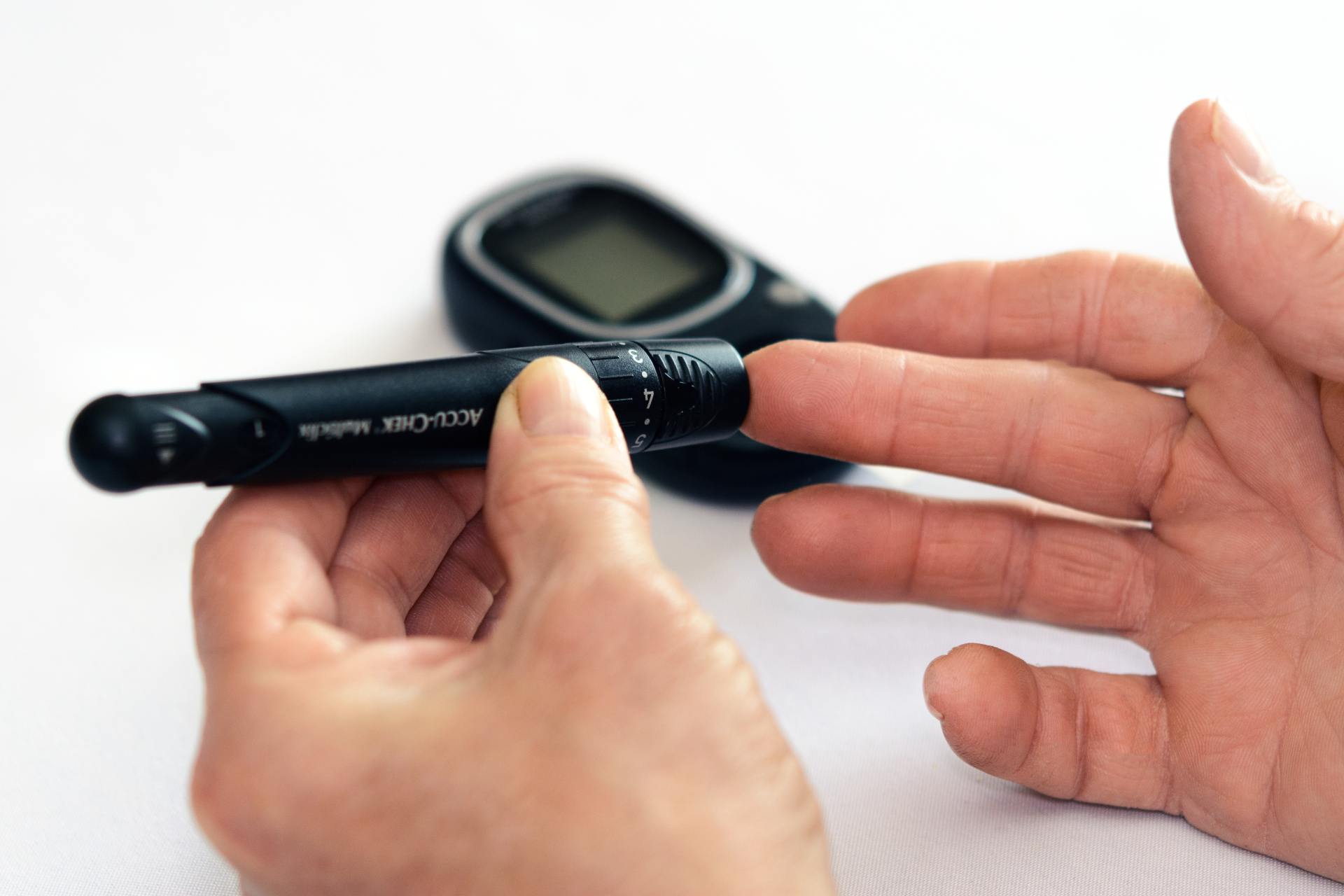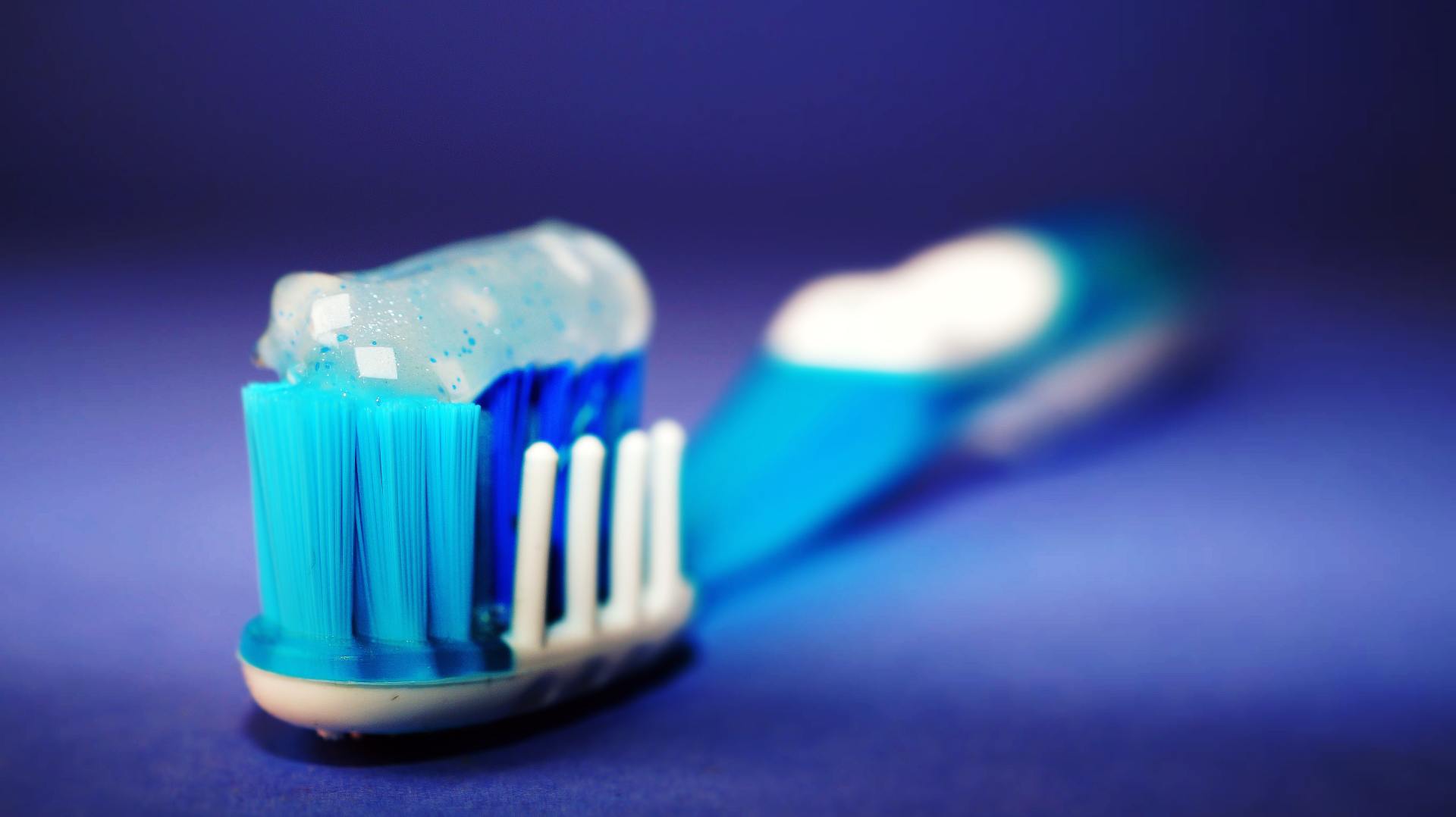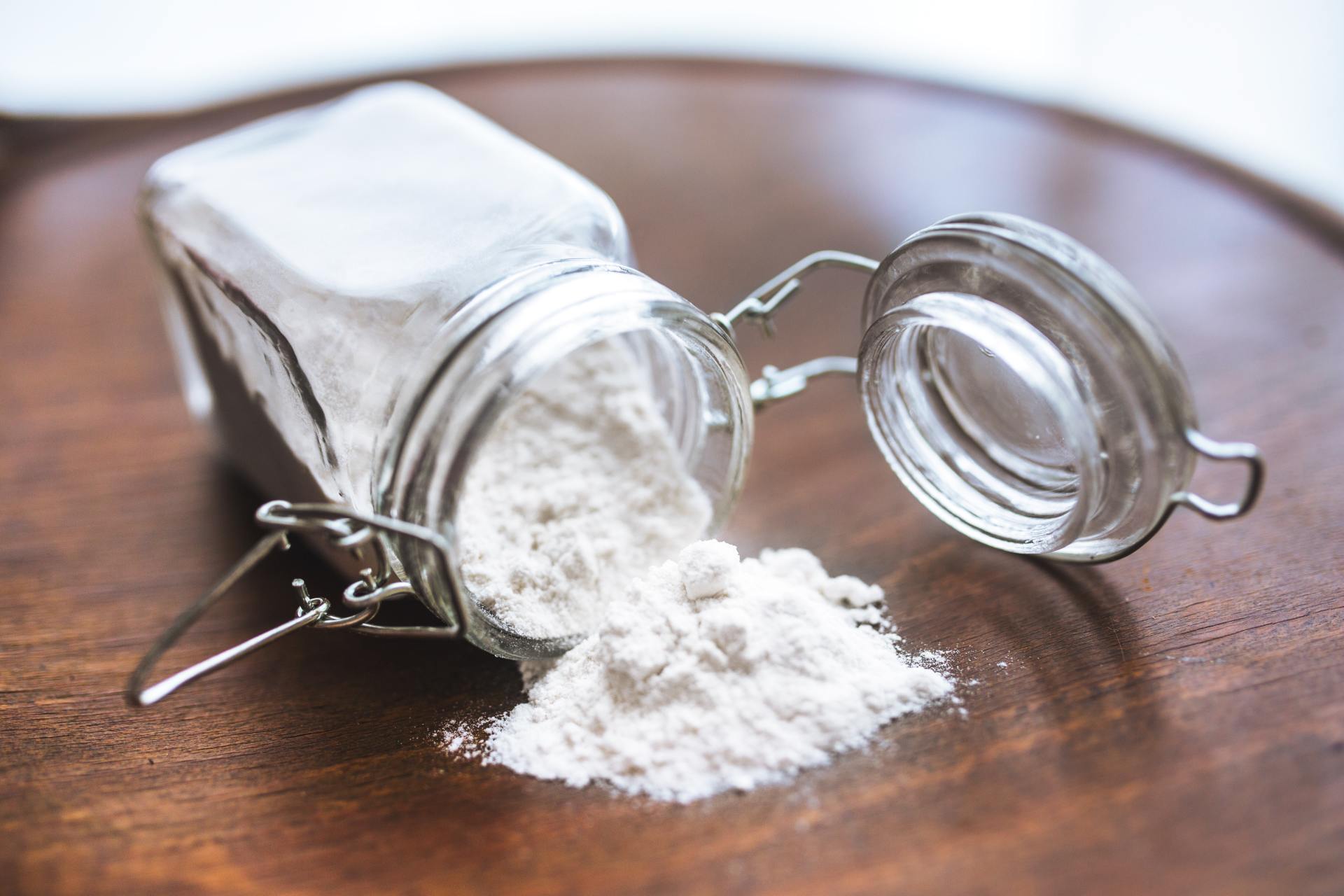Estrogen Dominance
- By Healthy Living Liberty Lake
- •
- 16 Sep, 2017
- •
Estrogen: the cause and effect on our body.

Estrogen dominance in women is rarely acknowledged in the conventional medical community, yet negatively impacts a woman’s life in many ways. In this condition, estrogen levels are too high relative to the other female hormones, and can increase risk of obesity and breast cancer. There are five major causes of estrogen dominance.
#1: Excess body fat
Fat cells have an enzyme that creates estradiol, a very potent type of estrogen. The more fat cells you have, the more estradiol you have. And, it’s a vicious cycle; the more estrogen you have, the more it triggers your body to create more fat cells. The fat cells also cause an increase in Sex Hormone Binding Globulin (SHBG), which binds testosterone and doesn’t allow it to do its job. The decrease of free testosterone reduces muscle mass, increases fatigue and lowers motivation.
#2: Alcohol
There is a well-established link between alcohol consumption and high levels of estradiol. The liver is responsible for clearing toxins, including alcohol and hormones. When you drink alcohol, it’s so toxic to the liver that the organ spends its energy eliminating the alcohol toxins, which reduces its ability to clear estrogens from your bloodstream.
#3: Caffeine
Caffeine stimulates the adrenal glands, causing them to release stress hormones to prepare the body to fight. Regular consumption of caffeine can exhaust the adrenal glands, causing more fatigue, and sugar and salt cravings.
#4: Birth control
Birth control pills flood your body with synthetic estrogen, which is metabolized into harmful versions of estrogen, increasing estrogen dominance. Birth control pills also increase the production of SHBG, which lowers testosterone levels, and makes the estrogen dominance worse. They decrease the production of natural progesterone, only contributing to the problem. Whenever I check a patient who is on birth control pills, levels of progesterone or testosterone, they are always low.
#5: Animal products
Animals produce large amounts of estrogen, and meat that is consumed can increase estrogen dominance. If you do eat meat (which I encourage!), buy from local ranchers. The conventionally raised animals are even more harmful because they’re often injected with synthetic estrogens to fatten them up and make them grow quicker.
You can have your hormone levels checked to see where you are. We use natural supplements such as DIM or Cruciferous Complete, to increase the levels of estriol, or “good” estrogen. Eat cruciferous vegetables daily as well – broccoli, cauliflower, radishes, kale, arugula, and Brussels sprouts. It’s also good to do a liver cleanse every 6 months to help detoxify the liver and clear out the unhealthy estrogen metabolites.
By Dr. Susan Ashley, M.D.

By Dr. Susan Ashley, MD

By Dr. Susan Ashley, MD

Opiates taken long term also leads to a reduced pain threshold, meaning a person on them will feel pain at a much earlier level than someone else.
There's a lot of interest now in using cannabis to reduce chronic pain, and studies have shown they can be quite effective for neuropathy, migraines, spasticity and joint pain.
However, it doesn't always work, and now a new study shows why.
Then at the end of the 4 years, the people who used cannabis for pain had greater pain severity scores They also found that the meds and other remedies taken for pain were less likely to be effective. In addition, they had greater generalized anxiety disorder severity scores. The bottom line-- the cannabis users were not able to decrease the use of narcotics. Why?
Because of the well known fact that chronic narcotic use decreases pain threshold. In fact in some people the threshold becomes so low that even minor pains can seem intolerable. In essence, the narcotics cancel the pain relieving effects of the cannabis.
Chronic opiates should be avoided as much as possible in chronic pain. Tolerance develops quickly, addiction can occur, and pain threshold is lowered. If you have chronic pain, use other modalities first to try to alleviate the pain. This includes cannabis, acupuncture, anti-inflammatory drugs, weight loss, energy medicine, and stem cells. We have used IV stem cells for reduction of neuropathy pain with good effects.
By Dr. Susan Ashley, MD

Not only that, but those who walked at a fast pace reduced their risk of death even further, by 24 percent.
All it took was putting one foot in front of the other a little more quickly!
And when the researchers zeroed in on cardiovascular disease deaths among participants over age 60, the results were even more striking.
Compared to the slowest walkers, average-paced walkers slashed their risk of dying from cardiovascular disease by 46 percent -- and the fast-paced walkers slashed it by a whopping 53 percent.
Now, the study didn't determine exactly how walking at a faster pace can add years to your life. And how fast do you have to walk just to hit the "average" mark? How brisk is brisk?
In the study, a "fast" pace was defined as one that makes you slightly out of breath or sweaty when sustained. That could vary depending on how much you weigh, how much sleep you got, how much you ate earlier in the day, etc. So there was no exact speed such as 3 mph or 4 mph.
By Dr. Susan Ashley, MD

By Dr. Susan Ashley, MD

Side effects of triclosan include:
- About 1/2 cup coconut oil
- 2-3 Tablespoons of baking soda
- 2 small packets of stevia powder
- 15-20 drops of peppermint or cinnamon essential oil
- 10 drops myrrh extract (optional)
Natural Toothpaste Instructions
- Melt or slightly soften coconut oil.
- Mix in other ingredients and stir well. If using semi-hard coconut oil, use a fork, if not, use a spoon. If you are using completely melted coconut oil, you will need to stir several times while the mixture cools to keep the baking soda incorporated.
- Put mixture into small glass jar (I make different ones for each family member)
- Let cool completely.
- To use: dip toothbrush in and scrape small amount onto bristles. Could also use a small spoon to put on toothbrush.
By Dr. Susan Ashley, MD

By Dr. Susan Ashley, MD

By Dr. Susan Ashley, MD

By Dr. Susan Ashley, MD

By Dr. Susan Ashley, MD
